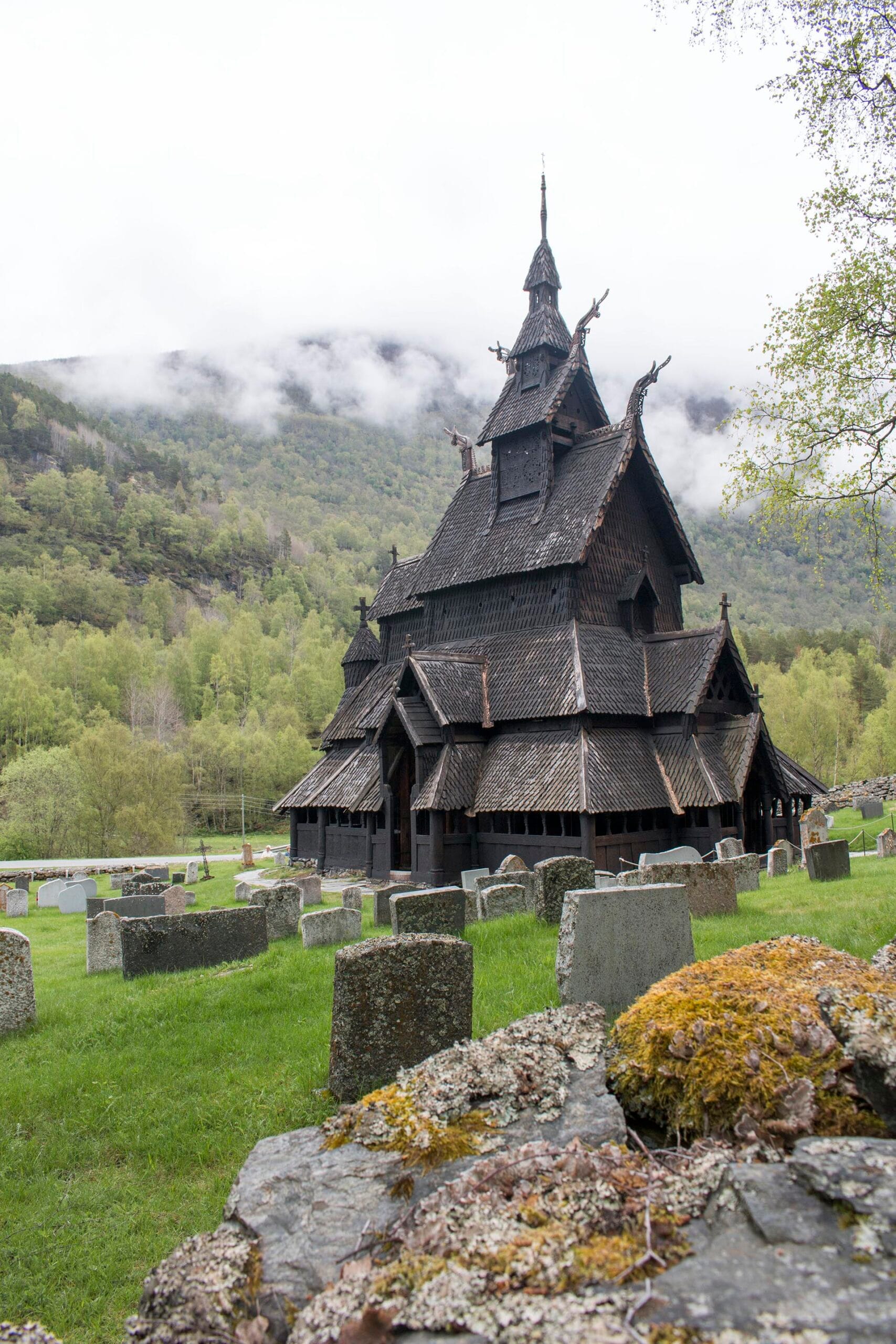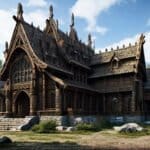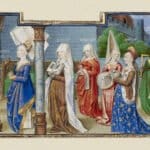A Medieval Marvel: Borgund Stave Church, a remarkably preserved 12th-century wooden structure nestled in Norway’s Lærdal valley, stands as a testament to the country’s rich architectural and religious heritage. Echoes of the Vikings whisper through its dragon heads and intricate carvings, hinting at the enduring influence of Norse mythology and artistry. Now a living museum, Borgund offers visitors a unique glimpse into medieval life and the traditions of early Christianity in Norway. Its ingenious construction, using interlocking vertical planks and tiered roofs, has withstood the test of time for over 800 years.
A Glimpse into Norway’s Architectural Past
Imagine stepping back in time, to a world where Vikings roamed and towering wooden structures dotted the landscape. Borgund Stave Church, built between 1180 and 1250 AD, embodies this bygone era. This isn’t simply a building; it’s a living testament to the skill and artistry of medieval craftsmen. As a prime example of “stave church” architecture, it showcases a unique building technique using vertical wooden planks, or “staves,” interlocked to create remarkably strong and stable walls. These staves, tongued and grooved, fit together like a giant, intricate puzzle, demonstrating a deep understanding of engineering principles that allowed these structures to endure the harsh Norwegian climate for centuries. Corner posts, connected by ground sills, rest upon a solid stone foundation, anchoring the church and contributing to its impressive longevity. The exterior wood, meticulously coated with layers of pine tar, provides further protection against the elements.
Decoding the Design: A Blend of Styles
The church’s layout follows a basilica plan—a common early church design—featuring a central open space (the nave) where the congregation gathered. Smaller aisles flank the nave, leading to a raised chancel and apse—a semi-circular space likely used for important ceremonies. Borgund’s tiered, overlapping roofs, reaching skyward, add to its distinctive profile. Perched atop these roofs are intricately carved dragon heads, likely representing a fascinating blend of Christian and Viking traditions, suggesting a period of cultural exchange and adaptation.
Stepping Inside: An Atmosphere of Reverence
Entering Borgund Stave Church is like stepping into another realm. The dimly lit interior, punctuated by small, round windows, evokes a sense of hushed reverence. Light filtering through these openings casts an ethereal glow on the medieval artwork and symbolic carvings adorning the walls. These carvings offer glimpses into the beliefs and stories that shaped the lives of those who worshipped here. The limited natural light also may have been believed to offer protection from evil spirits, adding another layer of meaning to their design.
A Legacy of Faith and Preservation
Borgund’s story intertwines faith and change. Initially a Catholic parish church, it became part of the Church of Norway after the Reformation, reflecting the shifting religious landscape. In the 19th century, it faced potential demolition. Thankfully, it was transformed into a museum, ensuring its preservation for generations to come, and safeguarding a vital piece of Norwegian heritage. A free-standing stave-work bell tower, dating to the mid-13th century, stands south of the church, covering the remnants of a medieval foundry where bells were once cast, adding another dimension to the site’s rich history.
Why Borgund Stave Church Matters
Borgund Stave Church stands as more than just a pretty building; it’s a time capsule, a testament to human ingenuity. This structure has endured for centuries, whispering stories of the past. Built without modern tools, the church reflects the resourcefulness and knowledge of 12th-century craftsmen. The “stave” technique, with its vertical wooden planks, is a feat of engineering. Its intricate carvings, likely blending Norse mythology and Christian symbolism, tell stories. Some experts believe the dragon heads might have been intended to ward off evil spirits, a holdover from Viking beliefs. Located on a historical trade route, Borgund likely played a vital role in spreading Christianity throughout Norway. Its exceptional preservation offers clear insights into medieval architecture and building practices. It serves as a model for preservation efforts worldwide, highlighted by its protection under the National Trust of Norway. Ongoing research continues to uncover secrets about its construction, use, and the people who worshipped there.
Debunking the Myth: The “Nail-Free” Church
The story that Borgund Stave Church was built entirely without nails is a common misconception. While metal nails weren’t used in the main structure, over 11,000 wooden nails, or pegs, were strategically placed to secure joints and reinforce the structure. The church’s strength lies in the intricate system of interlocking wood and precisely placed wooden pegs, combined with its stone foundation. The “no nails” myth, while intriguing, obscures the true ingenuity of the builders and has implications for preservation efforts. Ongoing research, aided by advancing technology, may reveal further details about the construction methods and materials used.
Borgund and its Elder: Urnes Stave Church
While Borgund is remarkably well-preserved, the title of oldest surviving stave church belongs to Urnes Stave Church, built around 1130. Borgund, constructed between 1180 and 1250, remains a significant example of this architectural style. The “stave” technique, with its vertical wooden planks, characterizes medieval Scandinavian architecture. While Norway has the most stave churches, other examples probably existed in Northern Europe. Sadly, many have been lost due to time, fire, or the need for newer structures. Ongoing research continues to illuminate these buildings, and future discoveries may further alter our understanding. So, while Borgund may not be the oldest, its enduring presence continues to captivate and inspire. Here’s a summary:
| Stave Church | Approximate Construction Date | Status |
|---|---|---|
| Urnes | ~1130 | Oldest surviving stave church |
| Borgund | ~1180-1250 | Well-preserved, popular tourist site |
Remember, these dates are not absolute. Dating ancient structures is complex, and new evidence could always emerge. The exploration of history is an ongoing journey.
The boterismo movement, with its characteristically plump figures, offers an interesting contrast to the stark and angular lines of stave church architecture. While seemingly disparate, both represent unique expressions of artistic vision and cultural heritage.
- Discover Long Black Pepper: Flavor & Health Benefits - April 25, 2025
- Shocking Twists: The Grownup Review: Unreliable Narration - April 25, 2025
- A Quiet Place Book vs Movie: A Deep Dive - April 25, 2025
















